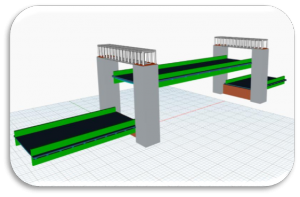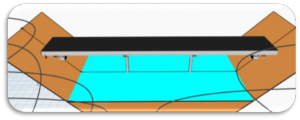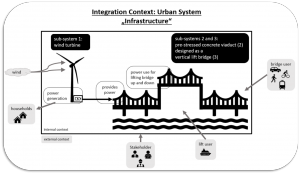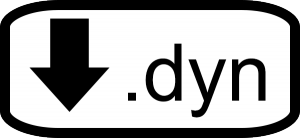1. Introduction
Wind turbines have a great impact and value for our society nowadays, as renewable energy sources play a more and more important role and fossil resources are limited and do not provide a sustainable solution in the question of increasing global energy demand. This assignment focuses on onshore wind turbines only as they differ from offshore wind turbines e.g. in foundation and nominal power.
2. Ontological Model
The ontology of the onshore wind turbine (domain) aims to capture and formalize information about the domain and gain a deeper and common understanding about the domain. The scope of the ontological model stretches among the domain’s main components, characteristics and properties.
The main function of the here examined onshore wind turbine is to generate power from the renewable energy wind. The main materials are concrete, steel, composite materials and wood. The main identified physical components of a wind turbine are its tower, the rotor blades, the nacelle, the foundation and the utility box.
Characteristics and properties of a wind turbine differ depending on the location and use. Usually, a wind turbine can be identified by tower height, turbine size, rotation axis and its material [1].
Based on the background research the following categories were implemented:
- physical components: they are essential to the parametric modeling of a wind turbine design but other than in bridge design there is no variation in different configurations as each component is vital to the wind turbine.
- foundation
- nacelle
- rotor blade
- tower
- utility box
- main material: the different components are made of different material – e.g. the tower isusually made from concrete or steel (recent research shows that wood is also an option) and the rotor blade from composite material.
- concrete
- steel
- composite
- wood
- other
- use: the wind turbine has only one function as power generator and the power outcome can vary depending on the turbine size
- power generation use
Result Ontology:
Figure 1 shows the results of the ontology modeled in Protégé. Hereby, WindTurbineDomain represents with its sub-objects WindTurbineOption1 and WindTurbineOption2 the design space with the the minimum and the maximum values of a wind turbine (assuming the use as a commercial wind turbine typically used in Germany). The objects WindTurbine WindTurbineMainMaterial and WindTurbineUse are created to represent the main components, respectively material and use, which are described above.
Figure 1: Visualisation of wind turbine ontology
The following link provides you with the .owl file:
3. Parametric Model
The aim of the parametric model is to configure the engineering product and understand the interdependencies of its parameters and high-performance criteria. When carried out carefully a parametrization can help finding good design solutions of an engineering product. The main challenge in developing parametric models is the selection of parameters and high-performance criteria (HPC).
The following HPC are chosen for evaluating the quality of the parametric model:
- cost of material
- load bearing capacity
- rated power
The parameters chosen in relation to the HPC are
- tower height
- blade length
- tower radius bottom and top
- tower thickness
Result Parametric Model:
The script of the parametric model, developed in dynamo is divided into four different groups. These are the input values of the model (purple boxes), which can be changed by number sliders, the geometry of the components and their calculations (green boxes), the calculations of the HPC (orange box) and the HPC results (grey box).
The parametric model shows that, with the given input values, from a geometric point of view the design space is very open, because there are no boundaries set when changing the input values. But, from a logical and engineering point of view, not every design option makes sense, e.g. very large blades in combination with a small and thin tower. These non-logical design options can be discovered when looking at the results of the calculation of the high-performance criteria, especially HPC2 and HPC3 as they state whether the proof is fulfilled and the model’s nominal power.
Here, you can see the visualization of the parametric model:
The following link provides you with the .dyn file:
go to



References:
[1] Wikipedia (2020). Wind turbine design. Retrieved 27.11.2020 from https://en.wikipedia.org/wiki/Wind_turbine_design


